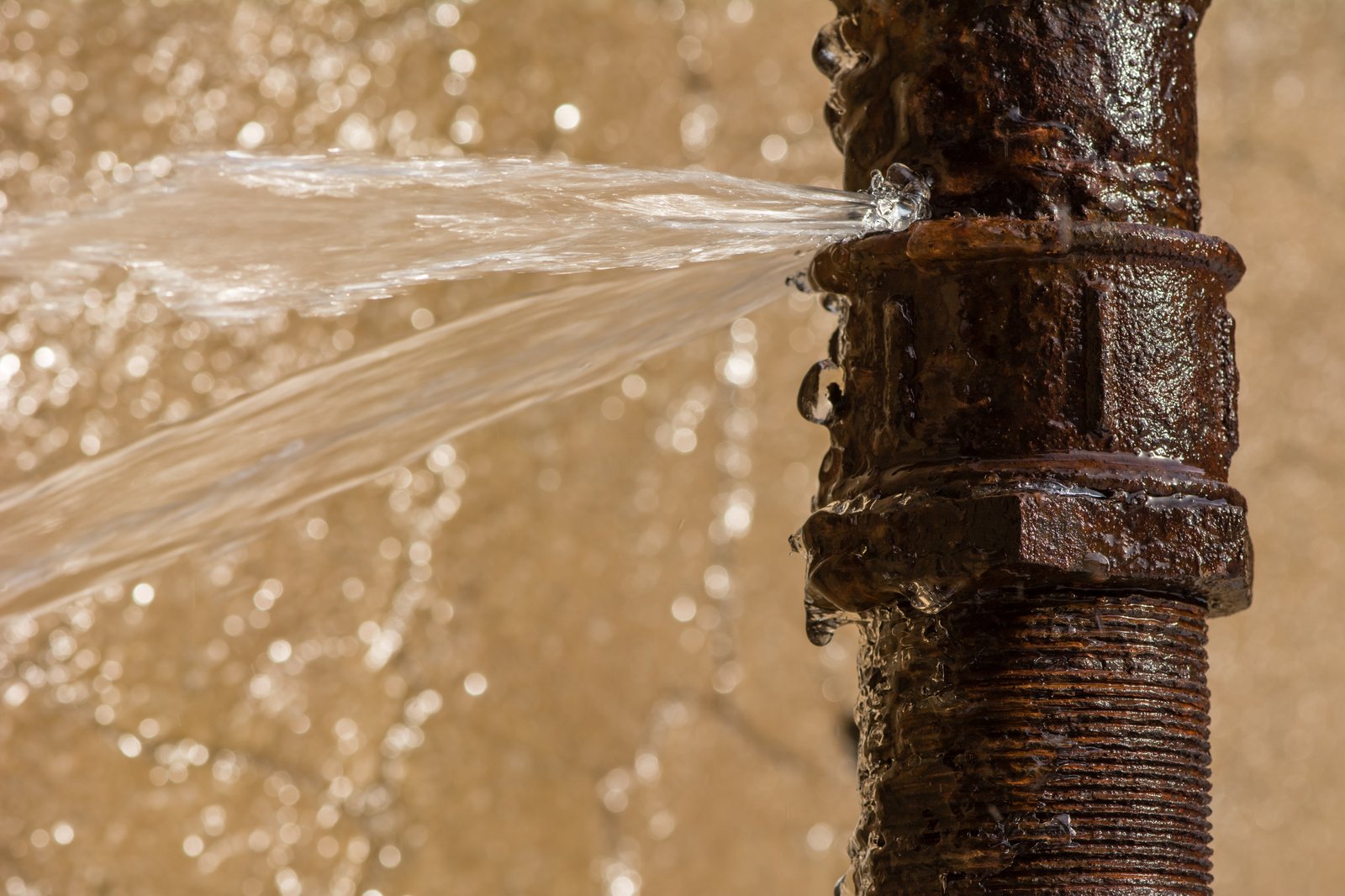Preventing leaks and escape of water in the winter months
Risk ManagementArticleJanuary 27, 2025
Understanding the Risk of Escape of Water During Winter Months and How to Prevent It
As winter continues, homeowners and tenants must be vigilant about the increased risk of escape of water incidents. Leaks and burst pipes not only cause significant property damage but also lead to costly repairs and potential insurance claims. Understanding the risks and taking some simple preventive measures can help.
Causes of Escape of Water in Winter
One of the primary causes of escape of water for Zurich customers during the winter months is frozen pipes. When temperatures drop below freezing, the water inside pipes can freeze. As water freezes, it expands, putting immense pressure on the pipes, which can cause them to burst. Pipes located in unheated or poorly insulated areas, such as attics, basements, and exterior walls, are particularly vulnerable to freezing. Poor insulation exacerbates this risk, making it crucial for homeowners to ensure their pipes are adequately protected against the cold.
Another significant cause is snow and ice accumulation. Heavy snowfall and ice on roofs can lead to the formation of ice dams. These prevent melting snow from draining properly, causing water to seep under roof shingles and into the home. Additionally, snow and ice can block gutters and downspouts, preventing proper drainage and causing water to overflow and potentially enter the home. This can lead to severe water damage if not addressed quickly.
Heating system failures also contribute to the risk of escape of water during winter. Heating systems are more heavily used during the colder months. A boiler malfunction or breakdown can leave a home without heat. Without adequate heating, the risk of frozen and burst pipes increases significantly, leading to potential water damage.
Preventing Escape of Water Leaks in Your Home
To combat the risk during winter, ZRS suggests householders can take these simple preventive measures.
Insulating pipes is one of the most effective ways to prevent them from freezing. Using foam pipe insulation to cover exposed pipes, especially those in unheated areas, helps keep the pipes warm and prevents freezing. Additionally, you can use heat tape or heat cables on pipes that are particularly prone to freezing. These provide a controlled amount of heat to keep the pipes from freezing.
- Scheduling regular maintenance checks for the heating system ensures it is functioning efficiently. This includes checking the boiler, radiators, and thermostats.
- Keeping the thermostat set to a consistent temperature, even when away from home, is also important. A minimum temperature of 55°F (13°C) is recommended to prevent pipes from freezing.
- Preventing roof and gutter issues is essential to avoid water damage from snow and ice accumulation. Regularly cleaning gutters and downspouts ensures proper drainage by removing leaves, debris, and snow that can cause blockages. Inspecting the roof for any damaged or missing shingles and repairing any issues promptly can prevent water from seeping in during heavy snowfall.
- In case of emergencies, make sure you are familiar with the location of their main water shut-off valve and know how to turn it off. In the event of a burst pipe, shutting off the water supply can minimise damage.
- Open doors under sinks and remove loft hatches during extremely cold weather allows warm air to circulate around any pipes, reducing the risk of freezing.
- Installing smart water leak detectors in vulnerable areas can alert occupants about potential leaks before they cause significant damage.
- Smart thermostats can monitor and control the temperature in the home remotely, which can be particularly useful if you are away during the winter months.
Prevention is Key to Protect Your Home from Leaks and Water Damage in Winter
Escape of water incidents can be particularly troublesome during the winter months due to the increased risk of frozen pipes, snow accumulation, and heating system failures. By taking proactive measures, such as insulating pipes, maintaining heating systems, and ensuring proper drainage, you can significantly reduce the risk of water damage. Prevention is key to protecting your home from the costly and disruptive incidents. By understanding the risks and implementing these preventive measures, homeowners and tenants can protect their home and enjoy a worry-free winter.
Contact us for more information.
About the Author

